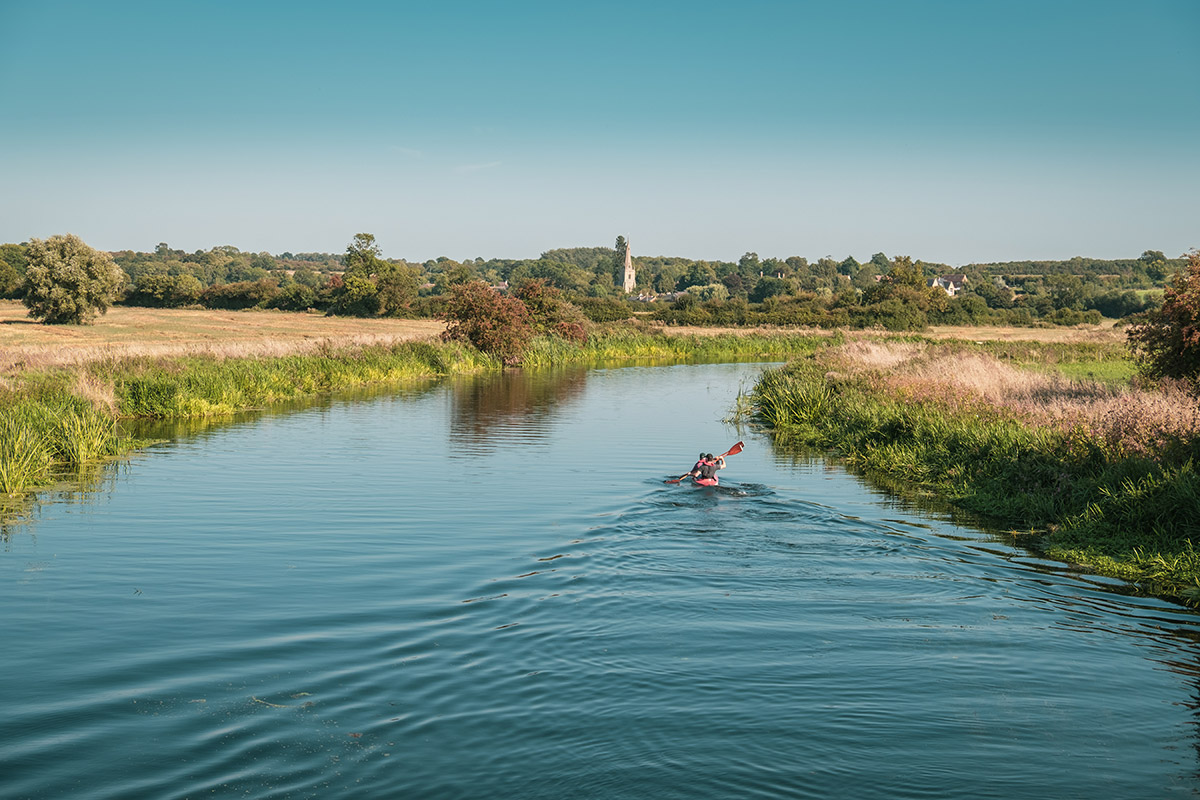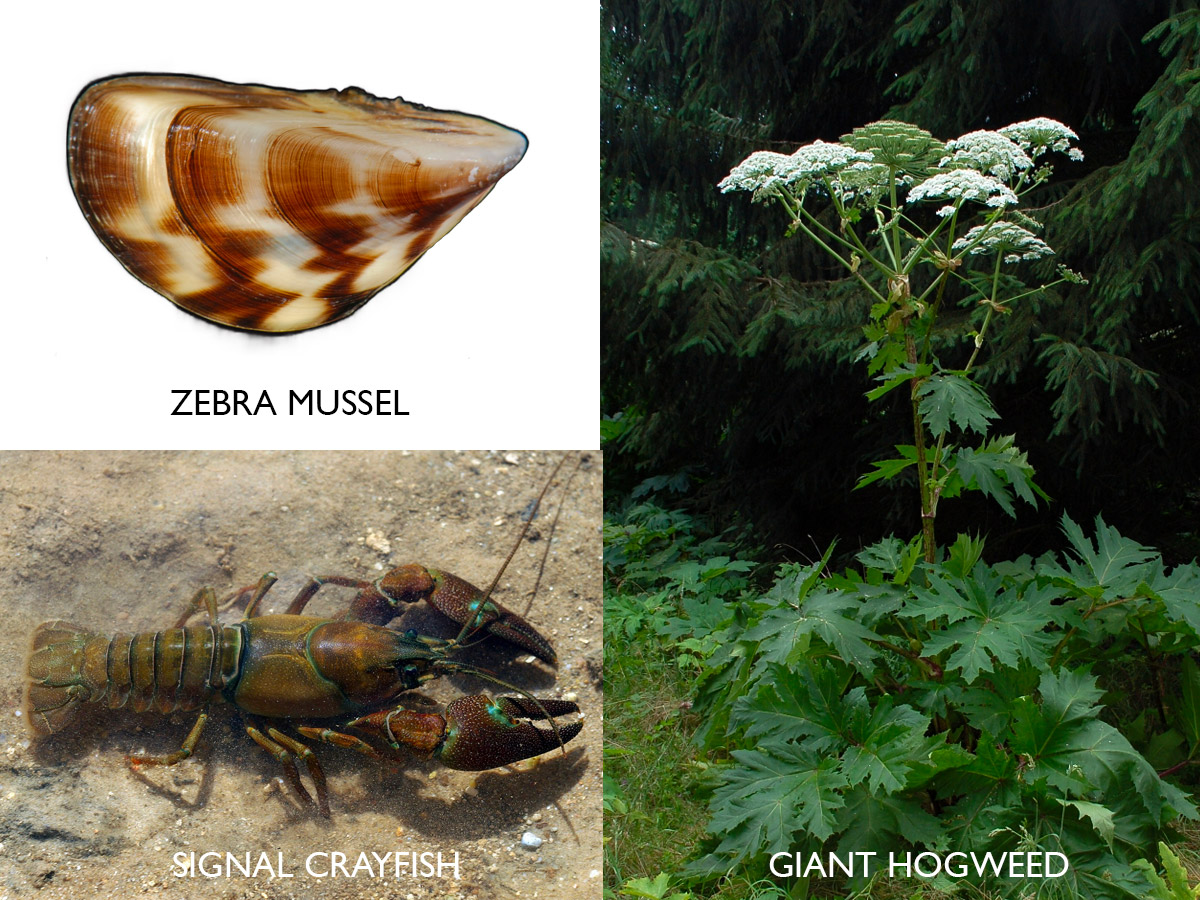
river nene northampton
Here are a collection of points to help sustain the waterways environment for boaters encouraged by The Canal & River Trust (CRT), The Green Blue & the RYA.
NEVER dump rubbish / oil / toilet waste
Never throw rubbish into the waterways or riverbank. Use bins provided or take it home. Dispose of toilet waste or oily bilge water at most marinas or household waste recycling centres. In case of an oil leak use absorbent pads or rolls to avoid oily water being pumped out.
USE ecofriendly cleaning products
Low phosphate detergents are available for marine applications. Aggressive cleaning products should be avoided. Think about the waste water from your shower and sink that empties into the waterway.
LOW speed – LOW wash
Minimise your boat speed and dont create a wash that can damage the river structure, disturb fish and other wildlife.
SLOW down for nesting water birds
ALGAE Blue-Green
During the summer on hot days there are sometimes lots of nutrients in the water, for example if fertilizer is washed off the land algae can appear which can be the blue green type, identified by greenish blue streaks on the water. Algae can be toxic to anything that touches the water including dogs and humans. This can cause stomach problems and skin rashes.
INVASIVE species
You may come across non-native and invasive species in and around our waterways. These can threaten the native wildlife and damage waterway structures. It’s actually a criminal offence to spread invasive species in UK waters.
Species can be identified with an App such as Google Lens. If you come across a non-native one such as Zebra Mussels, the American Signal Crayfish or Giant Hogweed don’t pick it up or move them.

Links to more invasive species
CHECK / CLEAN / DRY
- Check your boat, gear & clothing for mud, aquatic animals or plants. Remove everything you find and leave it at the site.
- Clean everything thoroughly as soon as you can using hot water if possible
- Dry anything that can be taken out of the water such as ropes and fenders before using them elsewhere.
Some invasive animals and plants can survive for more than 2 weeks in damp conditions
SMOKELESS fuels
Many boats rely on solid fuel stoves for heating. Please only use smokeless fuels or fully dried wood to help reduce harmful emissions.
Some rivers and canals run through smoke control areas. Smokeless fuels must be used here. Don’t cut down trees next to the waterways, it damages the environment. You may see piles of wood the authorities have cut down these are for wildlife to live in, so please leave them for bugs and beasts to live in.
Watch the information Canal & River Trust Video on YouTube
Useful Freephone Numbers
Environment agency 0800 807060
Canal and river trust 0800 4799947
Fox Narrowboats Environment Policy
Image credits: River Nene Northampton Deposit Photos, Zebra Mussel Smithsonian Environmental Research Center CC-SA-2.0 , Signal Crayfish David Perez CC-SA-3.0, Giant Hogweed Fritz Geller-Grimm CC-SA-3.0